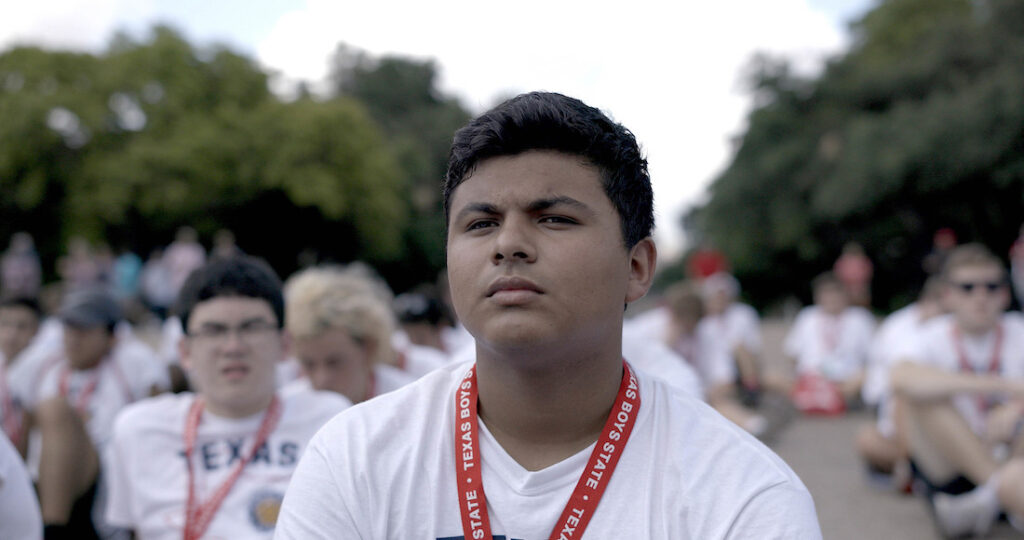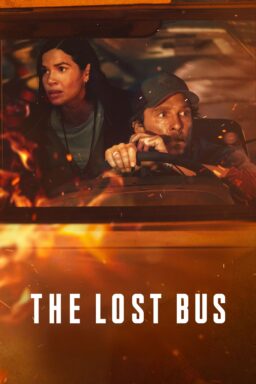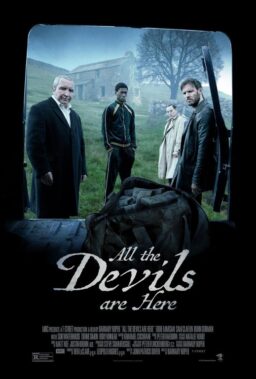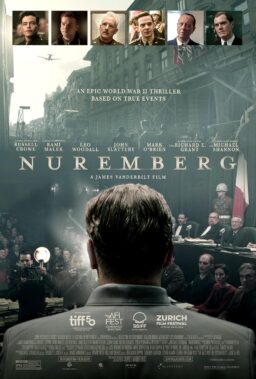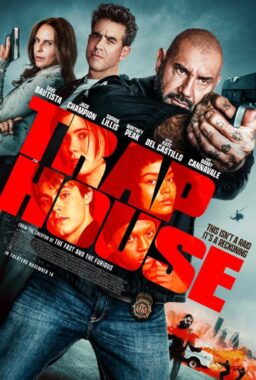Sometimes you see a slew of young faces in the midst of amazing circumstances, and you can just tell what they’re going to be like in 10 or even 50 years from now. “Boys State” takes place on such an edge of maturity, as it follows a group of high school-age political science nerds in the midst of creating their own Texas government as part of the Boys State program. Featured alumni include Cory Booker, Dick Cheney, and even Roger Ebert. It’s a breeding ground for future politicians, and directors Amanda McBaine and Jesse Moss capture the drama that ensues over a weeklong fake election, especially as the boys start to take notes from how adults have tried to win in real life.
What they find is incredible, in the most natural way. Spending a great deal of time with these young men, McBain and Moss film plenty of goofy outbursts and social awkwardness, but also behavior that’s more telling of the adults actually in power. Yes, the young men may bellow off-camera about yet another group trying to get Texas to secede, but their behavior is no different than watching drama on C-SPAN, hearing a group of people boo while on the job as elected officials. “Boys State” constantly and vividly shows the blurred lines of decorum that come with age and power, and that’s certainly the case when masculinity takes the forefront. There can be a lot of testosterone in this room, and the parallel of some charged-up boys to actual politicians can’t be denied.
Things get serious when it gets close to the election. Wannabe orators give their campaign speeches, some of them clearly more prepared than others, and some that are hauntingly great. “Boys State” follows around different members of both campaigns, highlighting the organizers like Rene and Ben, but one young man in particular stands out: Steven Garza. He decides to run for governor, even though he doesn’t have a wealth of popularity to launch his campaign; his hard work to gain votes is one of many inspiring threads that “Boys State” follows. Though some scenes can be particularly sobering, the end of the film provides you with some hope that we’ve at least seen someone who is more than qualified to become President of the United States.

Ramona S. Diaz’s “A Thousand Cuts” captures the state of journalism and democracy in the Philippines in all of its harrowing moments, under the context of a worldwide existential crisis. Diaz’s cameras largely take place during the nation’s mid-term elections in 2018 (after President Duterte started a violent administration in 2016) and follows different senatorial candidates of opposing views. Some are Duterte proteges like Bato, a police chief who lead the charge on Duterte’s open violence against drug users, and has earned millions of supporters who love to listen to him sing at rallies.
Meanwhile, journalists have to fight to get access to write about all of it. The writers who cover the violence in the streets, or even interact with Duterte first-hand, are increasingly silenced and threatened. “A Thousand Cuts” provides an expansive, revealing look at the Filipino political situation, and it doesn’t feel like it’s warning viewers about what will happen in America, so much as telling us what’s coming next.
With numerous documented instances of journalists not being able to do this jobs, “A Thousand Cuts” is a harrowing example of the Washington Post motto: Democracy dies in the darkness. But it has one bright light of hope in Maria Ressa, editor-in-chief of the Rappler publication, which the movie points out is not owned by big business and has a group of women at the head. Devoting large chunks of its run-time to Ressa in a way that threatens to throw the movie’s expansive focus off, “A Thousand Cuts” details the many daily battles that she’s in the middle of, like when Duterte repeatedly tries to have her arrested. Footage of seeing her travel to America and speak about democracy is incredibly bittersweet, even though Ressa’s unflappable attitude (and sense of humor) is like a fleeting respite from the democratic horrors this film bottles up.
Fake news, Twitter bots, fascism, a leader who claims he could kill in front of you and still win votes—the parallels to America in “A Thousand Cuts” are at the ready, and the movie often works at a disturbing register. In spite of its sporadic victories, Diaz keeps the film sobering with some abrasive cuts that connect its various pursuits, like when journalist Pia Ranada is shown rallying a small crowd of journalists, only to have that image followed by a rally for Duterte protege Bato, where his thousands of voters scream for joy when he talks about killing drug users. The title “a thousand cuts” refers to a democracy that is being killed by one infliction after another, and Diaz documents many of these problems without a sense that things will heal.
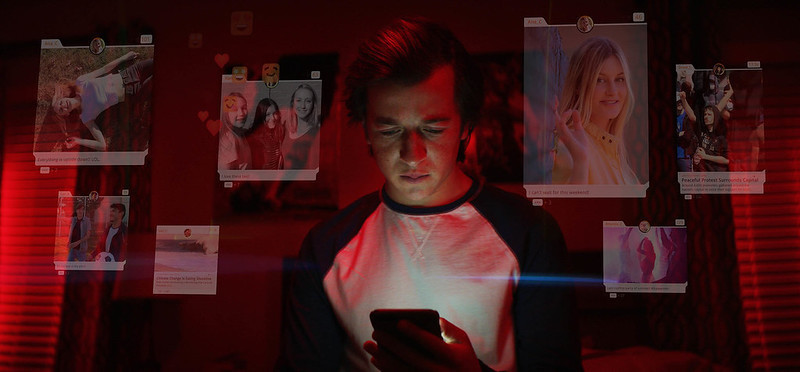
After vividly documenting the dire situation of the coral reef with his documentary “Chasing Coral,” filmmaker Jeff Orlowski takes on a much larger cause with his follow-up, but one that proves much tougher to tackle—social media. “The Social Dilemma” is a red-alert look at how social media has been created to affect not just people’s information but their behaviors, and it backs up these larger claims by interviewing people who were instrumental in creating different sciences. Many of these talking heads look back on their innovations (such as the Facebook like, or Instagram), as if they have created some type of monster. Throughout Orlowski’s documentary, there are numerous convincing and clear cases about how different companies have intentionally worked to create addictive products that take data from human beings in exchange for giving them a free account.
All of these points are illustrated with a reenactments that turn “The Social Dilemma” into a “Reefer Madness” of social media, like Jason Reitman’s “Men, Women and Children” before it. Presenting an American family where the older brother can’t get away from his phone, and the youngest sister has his her self-esteem affected by her usage, “The Social Dilemma” can err toward becoming a cautionary movie for adults, or a PSA for teens at best. These dramatic reenactments take things a cheesier step further by having Vincent Kartheiser portray different workers inside an algorithm, making for a muddied metaphor about how different social media sites study what we look at and team up to use it against us.
“The Social Dilemma” knows that it’s talking about a genie that can’t be put back in its bottle (someone even uses that metaphor explicitly). It’s constantly working against that futility, though some of its parting words are helpful in how to control our usage (don’t click on your YouTube recommendations, someone says). The questions and concerns that “The Social Dilemma” raises ensure that it’s never boring, even if the filmmaking’s way of communicating only works roughly half the time.

